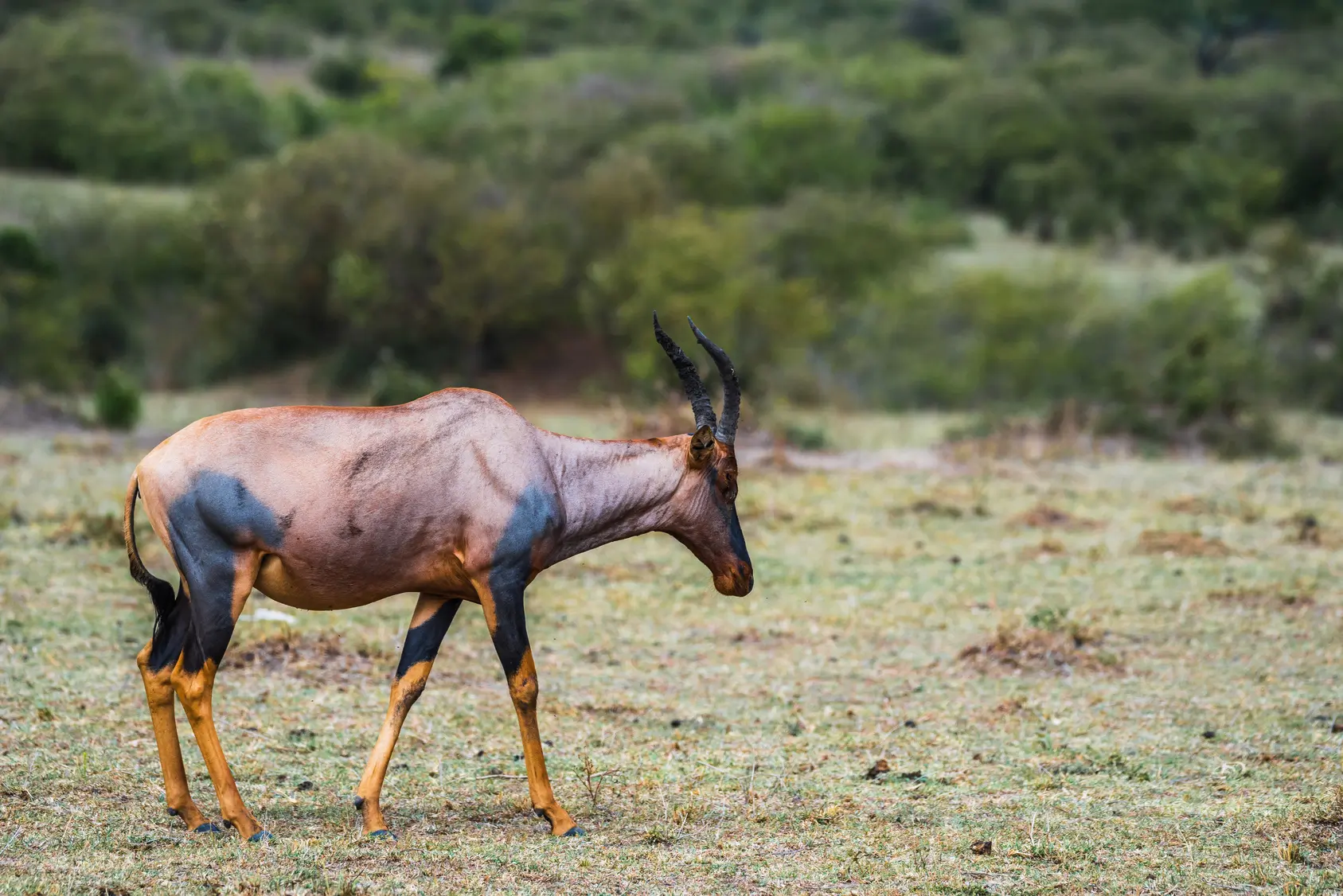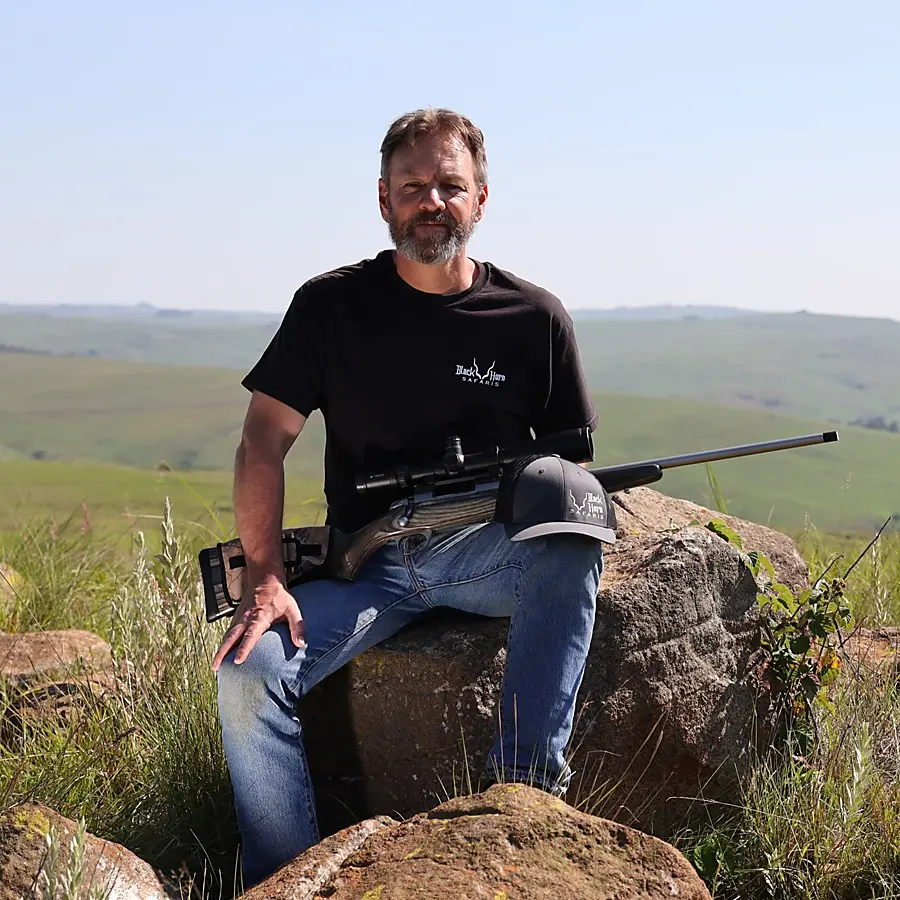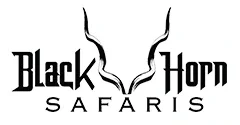
Are you a passionate bow hunter looking for an exhilarating and challenging hunting experience? A bow hunt in South Africa offers a remarkable opportunity for bow hunters to pursue the magnificent Tsessebe, a unique antelope species found in the African bushveld. In this article, we will go into the interesting world of hunting Tsessebe in South Africa, providing you with essential information on the hunting experience, preparation, and best practices.
Introduction to Tsessebe in South Africa
The Tsessebe (Damaliscus lunatus lunatus) is a graceful and agile antelope species native to Southern Africa. Known for its slender body and are the fastest antelope in Africa, the Tsessebe is a highly sought-after target for bow hunters who crave a challenging hunting experience. These antelopes possess a distinctive reddish-brown coat with a dark brown stripe and hump on their shoulders, making them easily recognizable in the wild. These animals are territorial plains game and sometimes found together with Zebra. The Rowland ward record horn length is 18 7/8 inches, the minimum for entry is a horn of 15 inches in length. Arguably the best province for hunting them is Limpopo. They are not easy to distinguish the sex as both sexes carry horns.
Choosing the Right Hunting Outfitter
To ensure a successful and memorable bow hunting experience for Tsessebe, it is crucial to select a reputable hunting outfitter. Look for companies with Professional Hunters who have extensive experience in bow hunting and a proven track record of providing top-notch services to their clients. Check online reviews and testimonials to gain insights into the companies reputation and the quality of their hunting concession. You may also be able to take other African species like Wildebeest, Hartebeest and Blesbok in a hunting package on your African Safari.
Securing Permits and Licenses
Your hunting outfitting company will obtain the necessary permits and licenses. It is essential to familiarize yourself with the local hunting regulations and comply with all legal requirements. Your chosen company should ensure that you are fully compliant with the local regulations.
Choosing the Right Season for Bow Hunting Tsessebe
Selecting the appropriate time of year for bow hunting Tsessebe is crucial for a successful hunt. The dry season, typically between May and September, is regarded as the best time for Tsessebe hunting in South Africa. During this period, vegetation is sparse, making it easier to spot these elusive animals in the open bushveld.
Tsessebe Bow Hunting Equipment for a Safari
Before embarking on your South African bow hunting safari, it’s crucial to ensure you have the right equipment. South African bow hunting regulations are stringent, and having the correct gear is essential for a successful hunt. Here are the key equipment considerations:
Kinetic Energy (KE)
The minimum kinetic energy required for bow hunting Tsessebe is 60 ft/lb. This energy level ensures that your arrow can penetrate effectively and reach the heart and lungs. A fast modern crossbow also works extremely well for this species.
Arrow Information
Try to achieve an arrow velocity of at least 260 fps. These animals are not known as string jumpers but do have fast reflexes.
A minimum arrow weight of 450 grains is ideal. This weight provides the necessary momentum for an effective penetration.
Average Bow Shooting Distance
Tsessebe are notoriously wary, and shots are usually taken at a relatively close range. The average bow shot distance on Tsessebe is seldom more than 25 to 35 yards, so practice your accuracy at these distances.
Broad heads for Tsessebe
Selecting the right broad head is crucial. Broad heads for these animals should weigh a minimum of 100 to 125 grains (gr). Consider options like a cut-on-contact fixed 3-blade broad head, open on contact mechanical broad heads for best results.
Draw Weight
The draw weight for Tsessebe must be at least 60 and preferably 70 pounds. A higher draw weight ensures the arrow’s speed and penetration is optimal.
Trophy Tsessebe Bow Hunting Prices
For the 2023 and 2024 season, the trophy Tsessebe bow hunting price is $3,250.
A seven day all inclusive hunting package is $ 5 700.
Camouflage Clothing and Accessories
Blend into the natural surroundings by wearing appropriate camouflage clothing and accessories. The use of face masks and scent control products can significantly enhance your chances of remaining undetected by the keen senses of the Tsessebe.
Techniques for Bow Hunting Tsessebe
Spot and Stalk Method
The spot and stalk method is a popular technique used by bow hunters pursuing Tsessebe. This method involves carefully scanning the grasslands to locate Tsessebe herds. Once spotted, hunters must move stealthily, using available cover to close the distance and get within bow range.
Ground Blinds
Another effective method for bow hunting Tsessebe involves sitting in ground blinds near water sources or feeding areas frequented by these antelopes. A well-camouflaged ground blind provides excellent concealment and allows hunters to patiently wait for the perfect shot opportunity.
Shot Placement on Tsessebe Hunt
Broadside Shot
Aim right behind the shoulder in line with the front leg, about one third of the way up from the bottom of the chest to the top of the back. This shot placement results in a high heart-lung shot, leading to a quicker expiration of the animal.
Quartering On Shot
We do not recommend the quartering on shot. These shots are high risk and should only be attempted by experienced bow hunters using bows with a draw weight in excess of 80 lb.
Quartering Away Shot
When taking a quartering away shot, avoid penetrating too much stomach content. Place the arrow to bisect the angle formed by the front legs, positioning it one third of the way up from the bottom of the brisket to the top of the back.
Conclusion
Bow hunting Tsessebe presents a unique and thrilling adventure for passionate bow hunters. By carefully planning your trip, selecting the appropriate equipment, and mastering effective hunting techniques, you can increase your chances of a successful African hunting Safari. Remember, ethical hunting practices and utmost respect for nature are paramount throughout the entire experience. So gear up, embrace the challenge, and embark on an unforgettable bow hunting journey to the mesmerizing landscapes of South Africa.
FAQ’s Frequently Asked Questions
What is the best time of year for Tsessebe?
The dry season, typically between May and September, is considered the best time for Tsessebe hunting.
How do I choose the right hunting outfitter for Tsessebe?
When choosing a hunting company, look for one with extensive experience in bow hunting and a proven track record of providing top-notch services. Check online reviews and testimonials to gain insights into their reputation and the quality of their hunting areas.
What permits and licenses do I need for Tsessebe?
Tsessebe requires obtaining the necessary permits and licenses. It is important to familiarize yourself with the local hunting regulations and ensure compliance. Your chosen hunting outfitter should guide you through the permit application process and ensure full compliance with the local regulations.
What type of bow should I use for Tsessebe?
When after Tsessebe, it is recommended to use a compound or crossbow with a minimum draw weight of 60 – 70 pounds. Practice shooting at various distances to ensure accuracy and consistency before leaving on the hunt.

Adrian Anderson first obtained his Professional Hunters license in 1991. He is a Big Five and Dangerous Game licensed Professional Hunter and Hunting Outfitter. He has a tremendous love for wildlife and the African bush and enjoys sharing his knowledge with the hunting clients that he guides. Guiding hunters in Africa’s wild places is a passion and seeing them succeed with their goals brings satisfaction. With knowledge of the Safari industry built up over 32 years he is well qualified to give guidance to his hunting clients.
